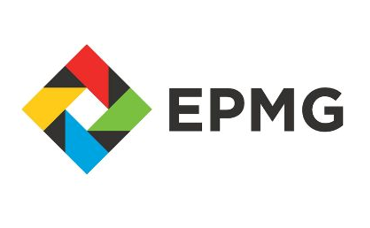Publications
Is District Heating a cost effective solution to decarbonise Irish buildings?
This pioneering study explores supply sources and heat density demand cohorts to develop a model to understand district heating in a low-deployment region, using Ireland as a case study. We also conduct a sensitivity analysis considering different connection rates.
- Authors
Jason Mc Guire, Stefan Petrovic, Hannah Daly, Fionn Rogan, Andrew Smith, Olexandr Balyk.
- Year
- 2024
- Journal Name
- Energy Strategy Reviews
- Category
- Journal Article
- Full Citation
Jason Mc Guire, Petrović, S.N., Daly, H., Rogan, F., Smith, A. and Olexandr Balyk (2024). Is District Heating a cost-effective solution to decarbonise Irish buildings? Energy, 296, pp.131110–131110. doi:https://doi.org/10.1016/j.energy.2024.131110.
- Link to Publication
- https://doi.org/10.1016/j.energy.2024.131110
Abstract
Our research demonstrates that district heating is pivotal in achieving optimal decarbonisation pathways. Incorporating district heating reduces marginal CO2 emission prices by 13%–25%. Additionally, with feasible growth limits applied, total savings for the energy system are anticipated to reach €17.2 billion by 2050. This reduction of emissions in the building sector, facilitated by district heating, allows for greater emissions allowances in other sectors and reduces reliance on electricity while meeting climate targets. These insights highlight the need for spatial energy policies and deepen our understanding of integrating district heating within an energy system optimisation model.


